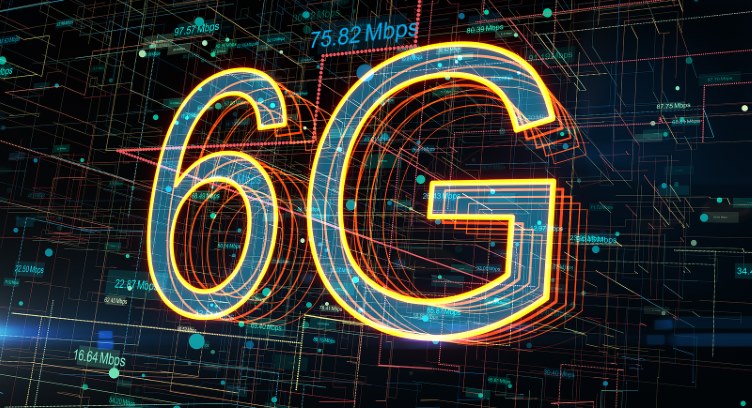Samsung Electronics and KT Corporation (KT), South Korea’s major telecommunications company, signed a memorandum of understanding (MOU) this month to jointly research and develop next-generation communication technologies aimed at improving 6G signal quality.
As part of this collaboration, the two companies will advance multi-antenna technologies to expand coverage across potential 6G frequency bands and explore AI integration in wireless communication to improve network stability and performance.
Amid ongoing global discussions on future communication standards, Samsung and KT have begun research into eXtreme multiple-input multiple-output (X-MIMO) — an ultra-high-density antenna technology designed to enhance 6G coverage and increase data transmission speeds.
The World Radiocommunication Conference 2023 (WRC-23), hosted by the International Telecommunication Union (ITU), identified the 7 GHz band (7.125–8.4 GHz) as a candidate frequency for 6G. The global mobile communications industry considers this band as a key option due to its favorable frequency characteristics and spectrum availability. However, because the 7 GHz band operates at a higher frequency than the 3.5 GHz C-band used in 5G, it experiences greater signal path loss. Mitigating this loss is critical to achieving communication coverage comparable to that of 5G.
To address this challenge, the companies will research beamforming technology, which transmits focused signals in specific directions, and multi-spatial transmission technology, which uses multiple beams to deliver data to several users simultaneously. In X-MIMO systems operating in the 7 GHz band, more antennas will be used compared to 5G — requiring system architectures capable of efficiently managing ultra-high-density antennas.
Both companies plan to explore the convergence of telecommunications and AI to deliver an improved user experience, particularly in edge coverage areas. For example, AI can be used to predict and proactively respond to potential communication disruptions such as video streaming interruptions.
Multiple-input multiple-output (MIMO) technology improves communication performance by utilizing multiple antennas at both the transmitter and receiver.
The World Radio Communication Conference (WRC) is an intergovernmental event organized by the ITU to coordinate global frequency usage.
The International Telecommunication Union (ITU) is the United Nations specialized agency for information and communication technologies with 193 Member States and more than 1,000 companies, universities, research institutes and international and regional organizations.
Angelo Jeongho Park, Executive Vice President and Head of Advanced Communications Research Center (ACRC), Samsung Research at Samsung Electronics
We are committed to developing innovative 6G technologies that enhance both the operational efficiency of the 7GHz band and the overall user experience. Our collaboration with KT will serve as a key foundation for advancing next-generation communications through reasonable, cost-effective investments.
Jong-Sik Lee, Executive Vice President and Head of Future Network Laboratory at KT
Through this joint research with Samsung Electronics, we expect to secure next-generation network technologies that differentiate the quality of the user experience. We will further strengthen our efforts in developing core 6G technologies to lead future mobile communication innovations.


